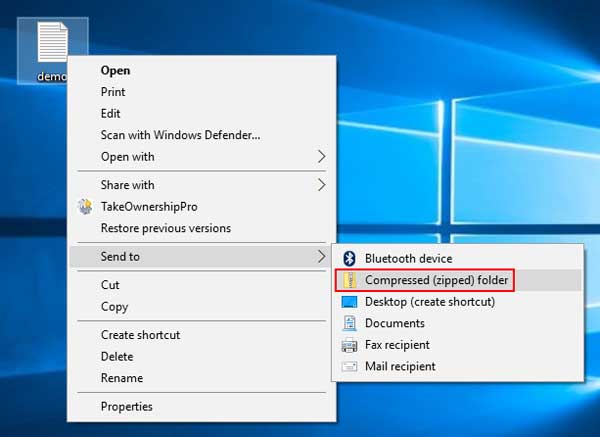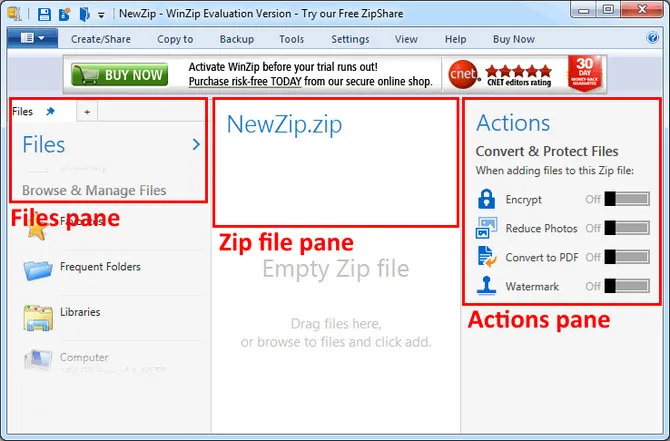Instructions for using the Terminal to create password protected zip files in Mac.
Once password protected, the main file can still be unzipped but the content.xml file is no longer readable. Password protect an OpenOffice Text document. The settings to password protect an OpenOffice Text document are contained in the save dialogue. Select the File menu and then the Save option. Check the Save with password option. MacOS is often used for professional or development use, and with such official and professional use, it is important that users keep their files private and encrypted. The best and easy way to encrypt any file is to password protect it by making a zip archive on MacOS. How to Extract (Unzip) a Password Protected Zip File on macOS You can to open the Terminal program and use the command unzip. Anyway if you still are experiencing difficulty, please e-mail us to email protected in order to proceed to send you another alternative method for your purchased software.
- Create a Folder on the Desktop.
- Place the Files you wish to Zip within the folder.
- Select the Search Icon in the upper right corner.
- Search for the Terminal.
- Select Terminal.
- Enter zip -er NAMEOFZIPFILE.zip
- Enter a space.
- Drag and Drop the Folder on the desktop into the terminal.
- Select Enter/Return.
- Enter a Password.
NOTE: It will not visually display anything to know you are typing when entering a password. - Reenter the Password.
- Select Enter/Return.
- To get to the new ZIP file, select Finder then All My Files.
Did you find this article useful?

You Might Also Be Interested In
You probably know how to create password protected zip files on Windows (and if you don't you should check out our guide), but did you know you can create password-protected zip files on Mac too? Although Apple's Mac computers have a reputation for being less vulnerable to hacks and data breaches compared to Windows PCs (which isn't strictly speaking true), it's never a bad idea to add some extra protection to your more sensitive files. If there's something you don't want anyone else to see, like racy pictures or private business documents than putting them in an archive and locking it with a password is always a good idea.
The goal of this article is to teach you how to do that if don't already know. So let's begin with the basics.

How to Create Password Protected Zip Folder on your Mac
- To begin you need to select the file or folder you wish to archive and right-click it. Press 'Compress' and select to zip file.
- Then you need to use Finder, scroll down to 'Utilities' and choose 'Terminal' from the folder. Alternatively, you can press command and space keys at the same time to start the Spotlights search. Enter 'Terminal' in Spotlight on your Mac computer to open it.
- Enter these commands to encrypt the chosen files:
'zip -e archive_name target_folder' and 'zip -er archive_name target_folder'. - Afterward, you'll see a pop up which will prompt you to enter a password. Do so and hit 'OK'.
- You'll be asked to verify it. Enter it again and press 'OK' and you're done with the first phase of the task.
What else is there you may wonder? Well, you opening the zip file on a Mac is a bit trickier than on a Windows computer if you forgot your password, so I'll have to show you guys how to do that as well.
How to Open Encrypted Zip Files on my Mac
Under normal circumstances you can open a password-protected zip file on a Mac the same way you do on Windows - just double-click it and enter the password. However, if you forgot the password, things are a little more complicated. You will have to use the Terminal utility to unlock the archived file(s). Here's how:
Mac Os X Password Protect Zip
- Launch the Terminal utility on your Mac. Search for it in Spotlight if you don't know where it is.
- Enter 'unzip -P password (Drag zip file) -d (Drag your destination folder)' in the Terminal utility.
- Then press 'Enter'. This will display the password for the selected archive.
Mac Os Password Protect Zip File
From there just proceed as normal. Double-click the zip file and enter the password.


Mac Password Protect Zip File
